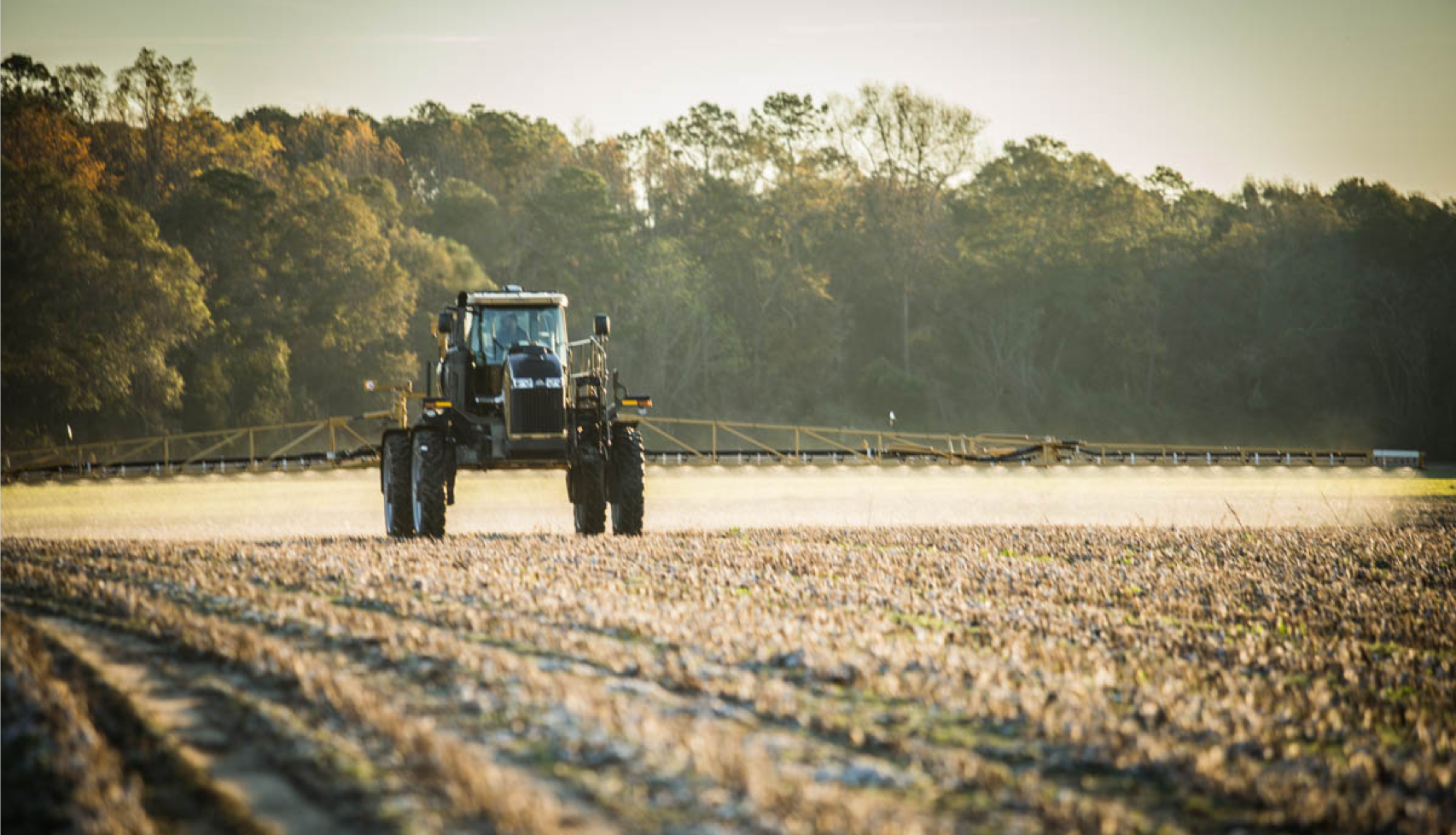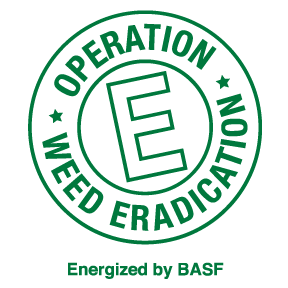How new boom priming technology can save you money and benefit your overall weed control
A comprehensive weed control plan takes a lot of planning and effort to successfully put in practice, and finding efficiencies can be crucial to your plan’s success.
Fortunately, efficiencies often have the added benefit of saving you money. New boom priming technologies fit into this category. They save you time and reduce product waste, which can also benefit grasses and wildlife around your fields.
Let’s take a look.

How new boom priming technology can save time and reduce product waste
Every time a new chemical is loaded in a sprayer or a new field is started, the boom must be primed to adequately charge the boom with the product that needs to be applied. This prime process typically uses between 30 and 50 gallons of the new chemical product to push rinsate or air from the boom plumbing into the fencerow or somewhere away from the crop.
Stationary spraying in the fence row creates hot spots, sometimes damaging the grasses that protect soil from erosion or eliminating the cover for wildlife. It also has major drawbacks in terms of time and money. Getting a good pattern at the fence row with the sprayer before entering the field takes time – wasted time that reduces efficiency and acres sprayed per day – but the major issue with priming on the edge of the field is the cost associated with wasting that much product on the ground that never gets to the crops.
The time to prime and the expenses associated with it, unfortunately, are often overlooked. Many retail operations look at this process as simply part of the job.
How much time and money can proper boom priming save you?
Operators know the importance of a prime, but sometimes fail to understand the costs that are associated with it. A recent report* from Purdue University’s agronomy department estimates that the average cost of corn herbicides is about $58/acre. Considering about four acres of product is wasted with every prime, this can add up to $11,600 of wasted product over a short 25-day season when an operator averages just two primes per day for every machine in the fleet. Who pays for the four to five acres’ worth of product sprayed in the fence row? Did the operator account for these extra gallons when they filled, or will they be short for the field? Is the operator getting what they paid for and the results they expect? If an operator fails to fully prime the boom, there will be significant risk of weed escapes, which can result in a respray. Priming also takes precious time – time that could be spent covering more acres. If every prime takes five minutes on average and the spray operator primes twice a day, they are wasting 10 minutes a day, or over four hours over the course of a 25-day spray season. This could mean 400-500 or more acres of lost productivity for every machine in the fleet due to priming.
How new boom priming tech can help?
Look for full boom recirculation systems that prime instantly, without stationary spraying. These can charge your boom so no product is wasted, no time is lost and the environment is protected from harsh over-application in one spot. The time and effort you save could mean the success of your weed control plan. Plus, you’ll save some cash along the way.
